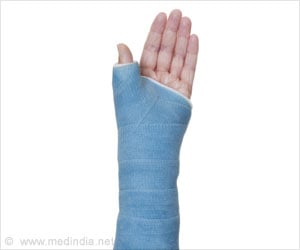Cycling injuries are on the rise, according to a research report in the current edition of the Medical Journal of Australia. But, because there is no accurate data on the number of people who cycle, it is unclear whether it is actually becoming more dangerous, or more people are participating.
A study conducted by Dr Mirjana Sikik, trainee in Emergency Medicine at the Alfred hospital, and colleagues including Dr Belinda Gabbe, Senior Research Fellow at the Department of Epidemiology and Preventive Medicine at Monash University, found that hospitals in Victoria recorded a significant increase in bicycling injuries between 2001 and 2006.Almost 26,000 Victorian cyclists were treated in hospital Emergency Departments, resulting in more than 10,000 admissions to hospital and 47 fatalities over the five years. And this doesn’t include trips to the GP.
From 2001 to 2006 the incidence of bicycle-related Emergency Department presentations rose by 42%, hospital admissions by 16%, and treatment for major trauma by 76%.
Although most injuries were in males aged less than 35 years, fatalities were more evenly distributed, with 55 percent involving people aged 35 years or more.
The report also confirms that most fatal injuries occur in the peak traffic periods between 5 and 8am and 5 and 8pm and that wearing approved helmets reduces the risk of serious head injury.
But, according to leading public health experts writing an accompanying editorial in the same edition of the MJA, cycling should be widely promoted for its health benefits.
Advertisement
The pair quote international studies that reveal growing evidence of health-enhancing effects including a Danish study that recorded a 39 percent reduction in all-cause mortality over a 15 year period for people who cycled to work.
Advertisement
The authors of both reports agree that the increase in injury in the Victorian study does not take account of the increase in the actual number of people riding bikes.
They also agree that better cycling infrastructure is needed to enhance safety, particularly separating cyclists from cars through increased road space and more cycle paths.
Source-MJA
SRM










